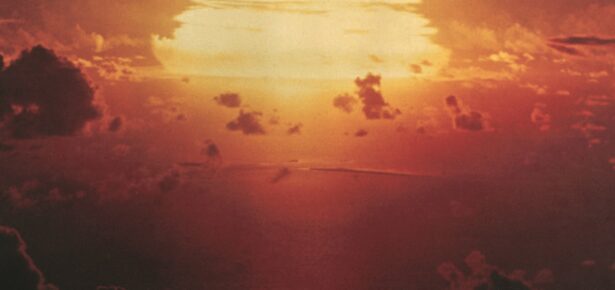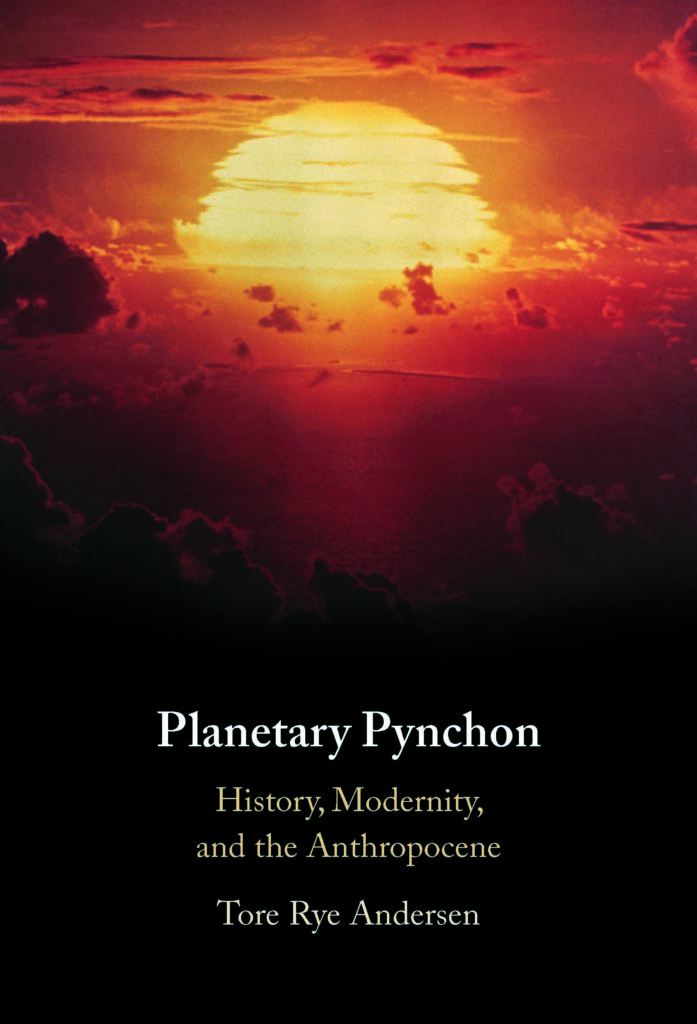
In May 2000, the Global Change Newsletter featured a brief note of just over a page which in retrospect has emerged as one of the most important texts of the new millennium. In the short article, the two authors, Paul J. Crutzen and Eugene Stoermer, argue that humanity’s impact on the planet has grown so significant that humankind is now to be counted as a geophysical force that leaves lasting traces in Earth’s geological layers. The authors accordingly suggest that we have moved from the era of the Holocene into an age that they propose to call the Anthropocene. Even though the Anthropocene proposal has not yet been officially ratified by the International Commission on Stratigraphy, it is difficult to think of other recent concepts with a comparable impact, and the notion of the Anthropocene has already left a lasting mark in an exceptionally wide range of disciplines, including geology, biology, meteorology, anthropology, history, sociology, and – not least – literary studies.
As a result of the concept’s introduction on this side of the millennium, many discussions of literary fiction’s relation to the Anthropocene tend to focus only on literature from the last couple of decades. However, literary authors have long been engaged in the various discussions gathered under the umbrella term of the Anthropocene, and rather than being merely belated reactions to current scientific debates, literary fiction often also functions as early and clear-sighted engagements with some of the global challenges we all face. This is very much the case with the American author Thomas Pynchon (b. 1937), as I argue in my new book, Planetary Pynchon: History, Modernity, and the Anthropocene. Pynchon’s 1973 novel Gravity’s Rainbow is centered around the end of World War 2 and the German V2 program, but surrounding this well-researched historical account the novel features a much more wide-ranging depiction of humankind’s predatory relation to nature. Half a century ago, Gravity’s Rainbow showed how globalized modernity’s demand for constant growth has had a devastating impact on our planet and its many lifeforms, and Pynchon’s elaborate reflections on this process accordingly anticipate much current thinking on the Anthropocene and the related notion of planetarity.
Pynchon’s portrayal of the fraught relation between humans and the planet is not limited to Gravity’s Rainbow but also plays a crucial role in two subsequent novels, Mason & Dixon (1997) and Against the Day (2006). Mason & Dixon takes place during the Enlightenment and depicts the measuring of the Mason-Dixon Line between Pennsylvania and Maryland, while Against the Day shows how the global struggle for natural resources between colonial powers around 1900 paved the way for World War 1. Due to obvious stylistic differences between the books and the prolonged period over which they were published, these three novels – Pynchon’s longest – are usually treated as separate works. However, in my book I argue that the novels can profitably be read as a trilogy, or one large megatext, which presents a coherent historical account of how the emergence and global spread of European modernity and resultant phenomena such as industrialization, capitalism, and colonialism have threatened and often eradicated alternative worldviews, peoples, and other lifeforms, all with disastrous consequences for the planet. In other words, Pynchon’s global trilogy traces how the rise of modernity led to the current age of the Anthropocene. By reading the three novels as one coherent account, we can grasp the enormous ambitions and temporal span of Pynchon’s world-historical vision, just as we can see that Pynchon is much more than an American author who primarily writes about American reality. His trilogy has the world, if not the entire planet, as its primary stage.
In a remarkable passage in Gravity’s Rainbow, the American lieutenant Tyrone Slothrop staggers drunkenly out on a beach in Southern France and sees a spectacular sunset:
“Holy shit.” This is the kind of sunset you hardly see any more, a 19th-century wilderness sunset, a few of which got set down, approximated, on canvas, landscapes of the American West by artists nobody ever heard of, where the land was still free and the eye innocent, and the presence of the Creator much more direct. Here it thunders now over the Mediterranean, high and lonely, this anachronism in primal red, in yellow purer than can be found anywhere today, a purity begging to be polluted… of course Empire took its way westward, what other way was there but into those virgin sunsets to penetrate and to foul? (GR 214)
In this fabulous passage, Pynchon first paints a memorable picture of a gorgeous, almost anachronistic sunset, but the description soon morphs into a gloomy reflection that the purity and beauty of this natural phenomenon will soon be (or has indeed already been) spoiled by the westward progress of Empire. This ambiguity is a nice encapsulation of the central theme in my book, which traces the global trilogy’s progressive depiction of how unbounded nature is gradually colonized by humankind and its technological prostheses. I wanted to express a similar ambiguity on the cover of my book, and after some diligent searching I found what I consider a very fitting cover image. At a first glance, the cover photo seems to depict a spectacular sunset of the kind witnessed by Slothrop at the Riviera, a purity begging to be polluted. Upon closer inspection, however, the sun appears to have ragged edges that are not just an effect of the surrounding clouds. As it turns out, the sunset is not really a sunset, after all, but a nuclear detonation over the Enewetak Atoll in the Pacific Ocean. The atomic bomb features prominently in Gravity’s Rainbow as a dark culmination of technological modernity, and it has later been suggested that the first nuclear tests and the resultant fallout mark the proper beginning of the Anthropocene age. At the same time, the anthropogenic sun on the cover of my book is eerily beautiful to behold, and like the spectacular sunset in Gravity’s Rainbow – and like the central story in Pynchon’s global trilogy – it therefore simultaneously connotes the beauty of nature and the ultimate despoliation of the planet we all share.

Latest Comments
Have your say!